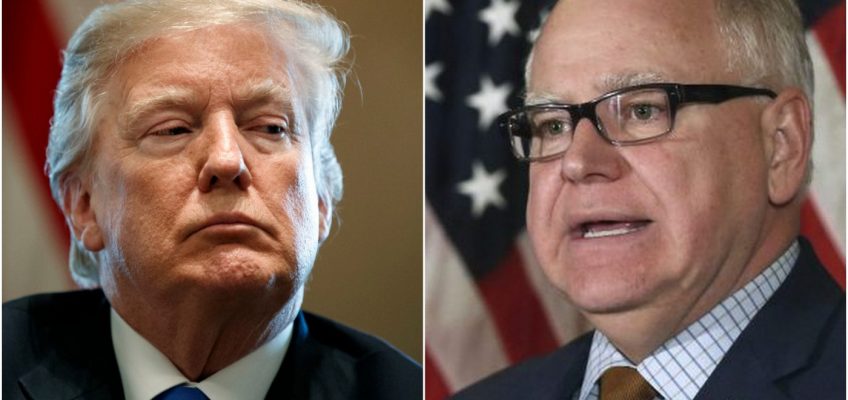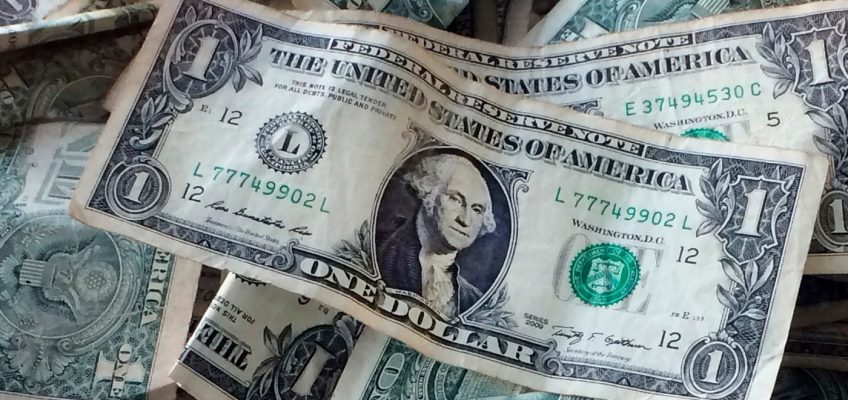By KELVIN CHAN and ANNE D’INNOCENZIO
Shopping assistant chatbots were a novelty a year ago. Now, they’re everywhere.
After rolling out AI-powered assistants, online retailers and tech companies have been adding more artificial intelligence features to make online shopping easier and more convenient.
The latest crop of AI-powered shopping services and tools made their debut in recent weeks, just in time to kick off the holiday shopping season that begins with Black Friday.
Here’s a rundown of existing and newly released AI services that can help with your search for the perfect gift in the run-up to Christmas:
Retail chatbots
Amazon led the way by rolling out its Rufus chatbot in 2024. Other ecommerce websites followed with their own AI assistants to enhance the online shopping experience.
Walmart’s Sparky chatbot is available on the retail giant’s app and can synthesize reviews or offer product recommendations based on occasions, such as Christmas. Target recently unveiled a gift finder chatbot on its app, but it’s only available for the holiday season. Ralph Lauren partnered with Microsoft on the “Ask Ralph” chatbot to provide style recommendations.
The aim of deploying chatbots is to make it easier for people to find what they’re looking for. Instead of entering search terms and keywords, you can type or use voice dictation for a conversational back-and-forth.
The results, in my experience, can be mixed.
FILE – Amazon’s generative AI-powered shopping assistant, Rufus, appears on a computer monitor, Dec. 1, 2024, in New York. (AP Photo/Peter Morgan, File)
I tried Rufus recently to find a replacement aftermarket stainless steel pot for my rice cooker, as well as a protective trivet for my kitchen sink faucet. In both cases, the results weren’t quite right and didn’t seem to capture the wide range of products available. Sometimes the results were completely unsuitable.
I ended up doing a more painstaking search of product listings’ pictures and specifications to find the right items. The problem, I suspect, is partly because I was looking for generic products. Searches for name-brand products may produce better results.
AI-powered buying advice
Perhaps you don’t want to limit yourself to a single retailer’s website in your Christmas shopping search. Or you’re not sure where exactly to find that perfect gift.
Tech platforms have rolled out AI-powered shopping tools that can cast a wider net by searching multiple sites.
OpenAI added a new “shopping research” feature to ChatGPT last week that can provide personalized buying advice for products that are heavy on detailed specs, like electronics or appliances. The feature will activate if you ask ChatGPT a shopping-related question or manually turn it on in the chat window. OpenAI says it can go beyond simple questions, such as checking a price or feature that regular ChatGPT can easily answer.
Google users can get a similar experience when they use its search engine in AI Mode, which recently got a big update for shopping searches. The company says users can describe what they’re looking for as if talking to a friend and get an “intelligently organized response” based on 50 billion product listings, with pictures alongside prices, reviews and inventory info.
Google added similar shopping features to its Gemini AI chatbot app for U.S. users last month.
Meanwhile, Perplexity unveiled its own shopping assistant feature last week that can tailor recommendations based on previous searches.
Shoppers browse through stores at Mall of America for Black Friday deals, Friday, Nov. 28, 2025, in Bloomington, Minn. (AP Photo/Adam Bettcher)
I asked all three to find a soft cotton flannel shirt. Both ChatGPT and Perplexity asked me for specific requirements, such as budget and must-have features. ChatGPT’s response was the most detailed, with options from six brands including its top pick, and included pictures, prices and point-form summaries for each shirt. It also compiled the results into a comparison table.
Results from Google, which didn’t ask follow up questions after my initial request, felt the most general. Perplexity’s results fell in between.
Try it on virtually
So, you think you’ve found a stylish cardigan for your spouse. But you’re not sure about the silhouette or vibe.
Generative AI “try on” tools let users see what a piece of clothing might look like on the wearer.
Existing virtual dressing room tools have relied on complex 3D rendering, real photoshoots and augmented reality. Often, shoppers were limited to picking a model that best fit their body type to see how clothes fit.
Google is now tapping AI to allow shoppers to virtually try on garments and shoes using pictures of themselves in simple poses. Among the exceptions: accessories like hats or jewelry, bathing suits and lingerie.
To use this feature, which is available through Google’s shopping desktop search and mobile app in Australia, Japan Canada and the U.S., just tap the “Try it on” button on a product’s photo and then add a full-length photo of yourself. You can then save the image of yourself with the tested item or share it. The original photo is also saved to your account so you don’t need to keep uploading fresh images.
If you’re shopping for a gift for someone, Google says you can upload their photo, but only if you have their permission.
AI agents buy it for you
Now that you’ve figured out what exactly to get for those special people on your Christmas gift list, it’s time to buy. But if you want to outsource some of the legwork involved, there are “agentic AI” tools that can help.
Amazon users can use an “AI agent” to buy a product on their behalf if the price falls to a desired level. Google has launched its own “agentic checkout” feature, which can automatically buy a product you’re keeping an eye on with its price-tracking feature. Google’s feature has rolled out to a small group of retailers, including Wayfair, Chewy and Quince we well as some Shopify merchants.
Both companies say they’ll always confirm with you before the AI agent makes the purchase.
Amazon is taking it a step further by allowing shoppers to buy items that aren’t in stock directly from other brands’ websites. If you see a product on the Amazon Shopping app with a “Buy For Me” button, you can buy it through the usual Amazon checkout page but the AI agent will then carry out the transaction on the other brand’s website with your encrypted payment details. The feature was in test mode but is being rolled out more widely.
AI calls for availability
Prefer to buy in person? It’s a good idea to make sure a bricks-and-mortar shop has the product you want before heading over. Google has launched an AI service that will call local stores to ask.
Black Friday Shoppers wait in line to enter Macy’s flagship store on Friday, Nov. 28, 2025 in New York. (AP Photo/Angelina Katsanis)
It’s only available in the U.S. for toys, electronics and health and beauty products. When doing a Google search for the product you want, add “near me” to the end of your search query. Then, if you see “Let Google Call” when scrolling through the results, you can tap the “Get started” button. Answer some questions about what you’re shopping for, whether you want updates by email or text.
Google will then contact stores near your location to ask if the item is in stock.
The bot works swiftly but results might be limited. When an AP reporter in New Jersey asked Google to call around about a specific Acer monitor, the agent returned quickly with a reply from a local computer repair shop that sold refurbished monitors. It appeared to ignore nearby big-box outlets selling electronics.
According to Google’s text update, the local repair shop didn’t have the monitor, but did have a similar-sized one — sans the other bells and whistles — for a lower price.
Is there a tech topic that you think needs explaining? Write to us at onetechtip@ap.org with your suggestions for future editions of One Tech Tip.




